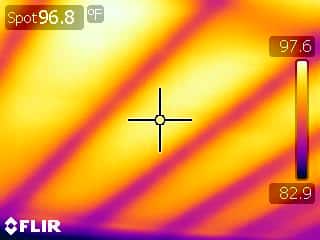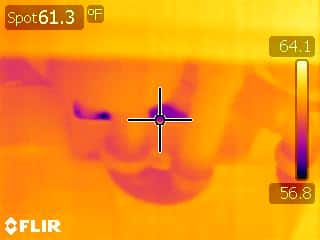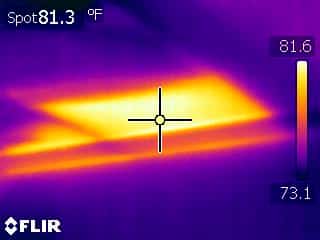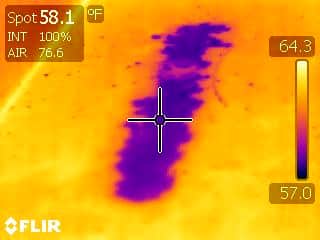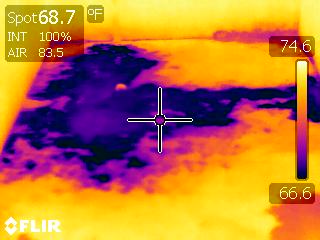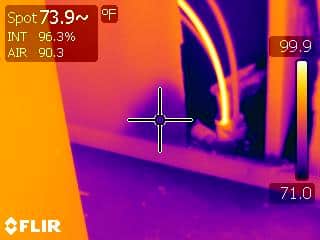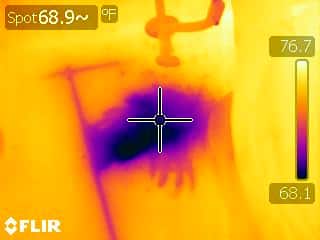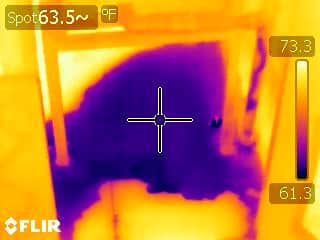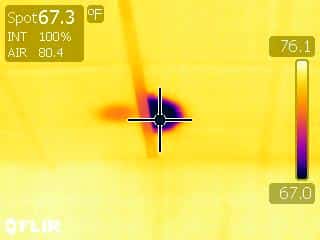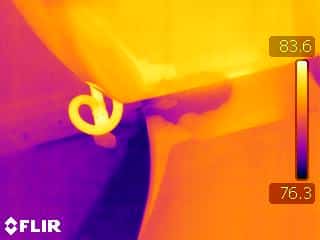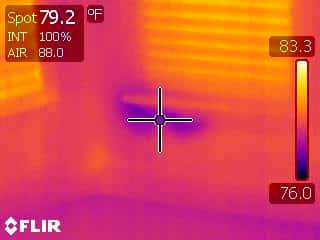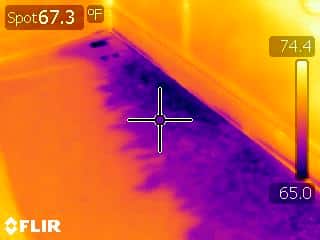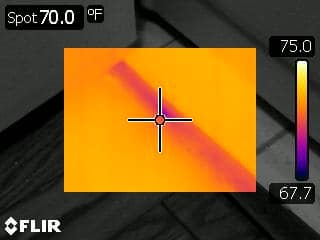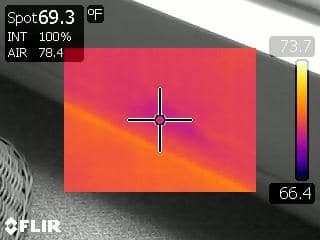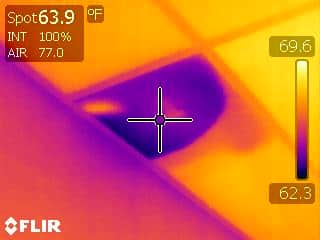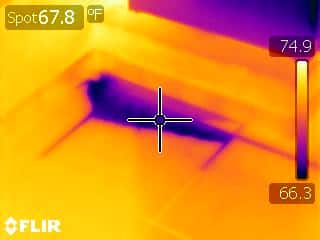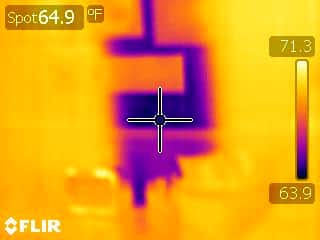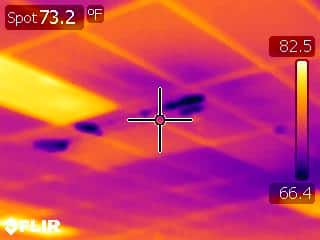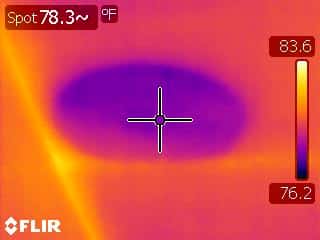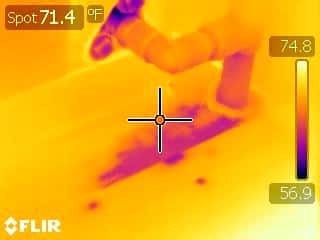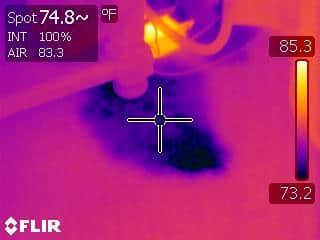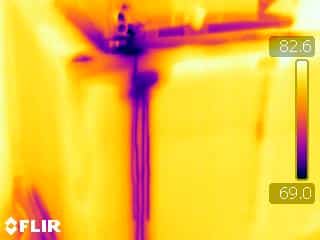Our Orlando infrared inspection service can help identify and document:

Our Orlando Infrared thermography service (commonly called infrared imaging or thermal imaging) is an advanced, non-invasive technology that allows an inspector to identify deficiencies in buildings that can’t be revealed using conventional visual inspection methods.
Thermographic cameras detect radiation in the long-infrared range of the electromagnetic spectrum and produce images of that radiation. The amount of radiation emitted by an object, called “Emissivity”, increases with temperature; therefore, thermography allows for variations in temperature to be identified.
There are many inspectors that use entry level infrared cameras. We use a high-end FLIR B300 professional thermal imager with Meterlink Technology. The B300 delivers 320 x 240 IR resolution. That’s 76,800 pixels. This, combined with FLIRs exclusive Advanced Signal Processing, reduces image noise and produces razor-sharp thermal images four times the resolution of competing brands with 160 x 120 resolution. More data points mean more information is provided for accurate thermal interpretation. More pixels also mean greater visual resolution in the thermal image.
In conjunction with our thermal imager, we use an Extech Pin/Pinless Moisture Psychrometer (Moisture meter) w/ IR Thermometer that communicates with our camera wirelessly and documents moisture and other variables in the inspection environment.
Thermal Imaging can help identify
Energy loss
- Missing, poor, settled, or improperly installed insulation
- Heat loss and air infiltration in walls, ceilings, floors, windows and doors
- Damaged and/or malfunctioning radiant heating systems
- Air-conditioner compressor leaks
- Missing framing members and other structural defects that can lead to energy loss
- Broken seals in double-pane windows
- Flu leaks
- Leaking air conditioning ducts or mechanical equipment
Moisture related problems
- Plumbing leaks
- Building envelope water intrusion (roof, walls, windows, doors, and foundation)
- Wet insulation, cabinets, walls, flooring, and personal/business items
Electrical deficiencies
- Circuit breakers in need of immediate replacement
- Overloaded and undersized circuits
- Overheated electrical equipment and components
- Electrical faults
Identification of Pests
- Possible pest infestation, as revealed by energy loss through shelter tubes left by boring wood-destroying insects
- Animals such as snakes, bats, rats, mice, squirrels, raccoons, opossums, etc. inside of walls, attics, and crawl spaces
Location of building components
- Stud/ joist/ beam placement
- Pipe location
- Heating and cooling duct placement
*Please note that FSG predominantly uses thermal imaging to find moisture damage and pipe leaks.*
Thermal imaging limitations
- Images can be difficult to interpret accurately when based upon objects with erratic temperatures
- Accurate temperature measurements are hindered by differing emissivities and reflections from other surfaces
- Thermal imaging is only able to directly detect surface temperatures (It cannot see through walls like an x-ray scanner)
- Conditions of the jobsite can have a substantial effect on thermal imaging (If it has just rained, early morning temperatures vs afternoon temperatures, very cold or hot environments, etc.)

